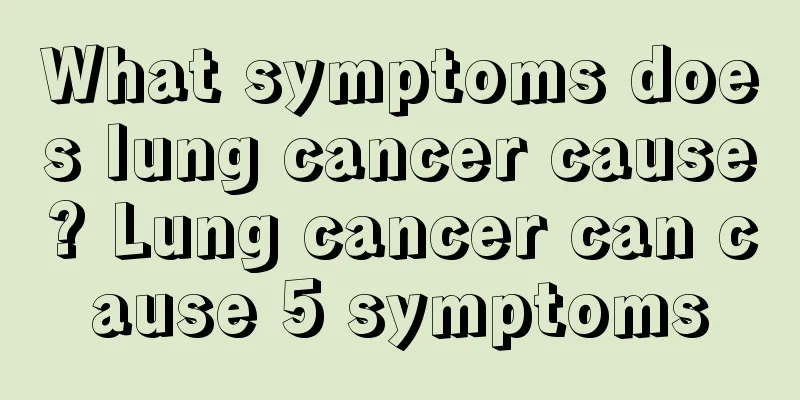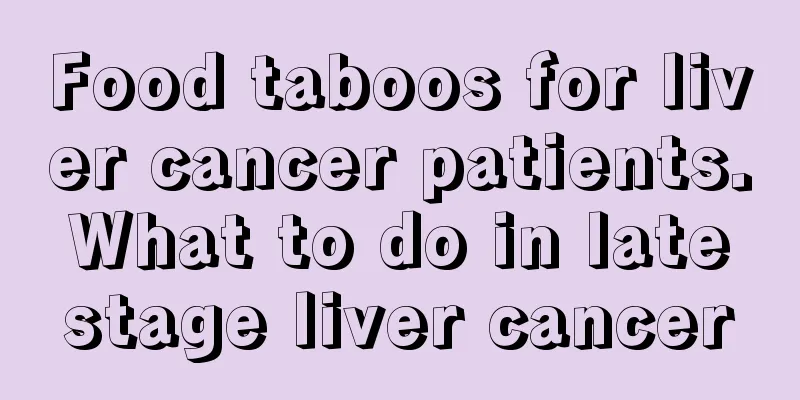What are the clinical manifestations of hemorrhagic shock?

|
The impact of hemorrhagic shock is relatively large. Common symptoms are that patients will experience decreased cardiac output or decreased tissue perfusion, resulting in symptoms and hazards of increased lactic acid and metabolic acidosis, some of which may directly threaten life. 1. When volume deficiency exceeds the compensatory function, shock syndrome will occur. Cardiac output decreases, and blood pressure falls despite peripheral vasoconstriction. Reduced tissue perfusion promotes anaerobic metabolism, resulting in increased lactic acid and metabolic acidosis. Blood flow is redistributed so that blood supply to the brain and heart can be maintained. 2. Further vasoconstriction will cause cell damage. Damage to vascular endothelial cells leads to loss of fluid and protein, aggravating hypovolemia. Eventually, multiple organ failure will occur. Impairment of the intestinal mucosal defense against intestinal antibodies caused by hemorrhagic shock is likely to be an important pathogenesis of pneumonia and other infectious complications. Sublethal blood loss has the ability to cross-resistance to endotoxin attack. That is, sublethal blood loss can provide protection against lethal endotoxin attack. 3. In the treatment of hemorrhagic shock, the procedure must first ensure that the airway is open and that hemostasis is effective. A patent airway is a basic condition for ventilation and oxygenation and should be ensured. Patients with severe shock and circulatory failure should also be intubated and given mechanical ventilation. Stopping bleeding is an important measure to prevent the occurrence and development of shock. Compression hemostasis is a feasible and effective emergency measure; the use of tourniquets is also very effective. Two intravenous lines should be established as soon as possible. 4. Once the infusion channel is established, immediately give large amounts of rapid fluid replacement. For severe shock, 1 to 2 L of isotonic balanced salt solution should be rapidly transfused, preferably followed by cross-matched blood. To save lives, red blood cells of the same type or type O can be transfused. Especially after the application of balanced salt solution, when the recovery volume still cannot meet the requirements of resuscitation, red blood cells should be transfused to make the hemoglobin reach above 10g/dl. However, in cases where bleeding does not stop, it is inappropriate to use the above method of fluid replacement and blood transfusion, because vigorous fluid resuscitation will flush out blood clots, increase blood loss, and reduce survival rate. For this reason, the use of hypertonic saline solutions to achieve rapid volume expansion, particularly in prehospital emergency care, remains controversial. 5. In the absence of testing through central venous catheterization or pulmonary artery catheterization, treatment should be based on the following clinical indicators, namely, urine volume must reach 0.5-1.0ml/(kg.h), normal heart rate, normal blood pressure, good capillary filling, and normal perception. |
<<: What should I do if my throat hurts from smoking too much?
>>: The effects and taboos of drinking Astragalus soaked in water need to be correctly understood
Recommend
Can a loose tooth grow back again?
The function of teeth is to chew a variety of foo...
What are the dangers of autologous fat filling
People are not necessarily born perfect, and thei...
What to do with abdominal bloating and constipation
Abdominal bloating and constipation are very comm...
How to relieve itchy throat caused by bronchitis?
Friends who suffer from bronchitis will often fee...
What causes sudden skin allergies?
Whenever the climate changes and there is a big t...
Multiple brain lacunar foci
Multiple lacunar foci are most often seen in pati...
Is Blue Light TV Bad for Your Eyes?
Blue light TVs generally do not cause harm to the...
How to wash away oil stains on clothes
It is normal to have a few oil stains on clothes....
What should I do if my face becomes red and swollen due to allergies
We have all experienced allergies, which may caus...
Can purslane cure flat warts?
Flat warts are a very disgusting skin disease tha...
Does floor tile contain formaldehyde
As we all know, many pieces of furniture actually...
What are the benefits of wearing obsidian
Obsidian is a relatively common accessory. In anc...
What's wrong with hiccups and sore throat
Hiccups and sore throat may be caused by gastroes...
What to do if hemorrhoids are itchy and uncomfortable
Because hemorrhoids occur in a special area, many...
What to do if your feet smell when wearing shoes
It is a very common phenomenon that your feet sme...









